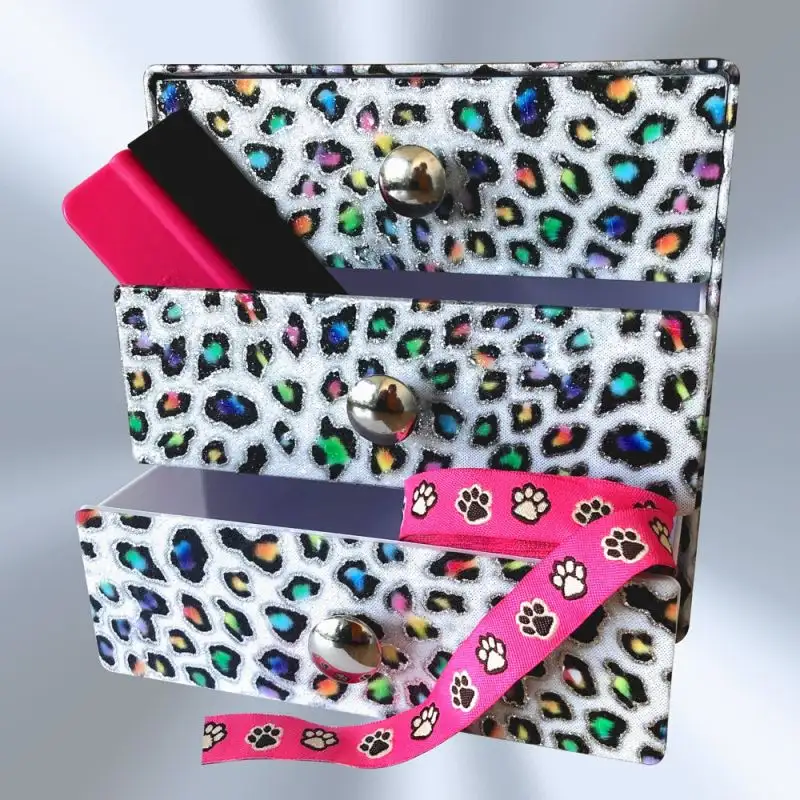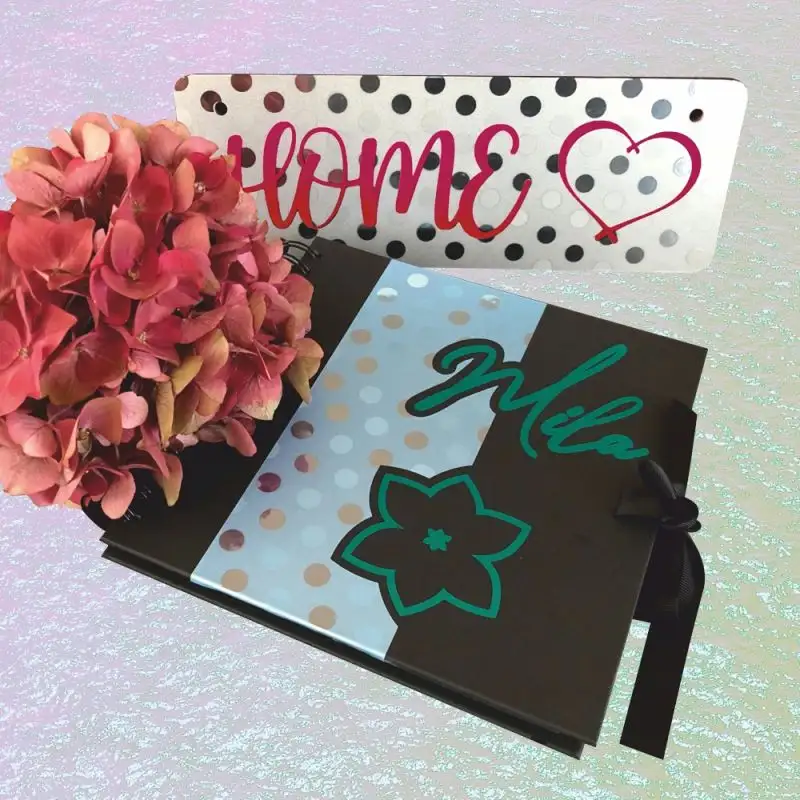The world of vehicle graphics and signage has evolved far beyond simple single-color applications. For those looking to create truly stunning visual pieces, the technique of layering Foil Direct plotter films opens up incredible creative possibilities. By strategically stacking different films, you can achieve dimensional effects, unique color combinations, and textures that simply aren't possible with a single layer. This advanced approach requires careful planning and execution, but the results can transform ordinary graphics into extraordinary works of art that capture attention and elevate brand perception.
Starting with a Solid Design Foundation
Successful layering begins long before the first piece of film is cut. Your digital design file serves as the blueprint for the entire process and must be meticulously prepared. Create separate layers in your design software for each foil color and type you plan to use. Clearly label these layers according to their position in the final stack, typically starting with the base layer first. Pay special attention to registration marks that will help you align each layer perfectly during application. A well-organized digital file not only streamlines the cutting process but also serves as a crucial reference throughout the complex application stages, preventing costly mistakes and material waste.

Mastering the Base Layer Application
The foundation layer sets the stage for everything that follows, making its proper application critical. Choose your base film carefully—typically a lighter color works best as it won't darken subsequent translucent layers. When applying this initial layer, take extra care to ensure it's completely smooth and free of bubbles or wrinkles, as any imperfections will be magnified by additional layers. For complex vehicle contours, take your time to properly stretch and form the base film, using heat where appropriate. Remember that this layer needs to be perfectly positioned since all subsequent layers will reference its placement. A flawless base creates the perfect canvas for building your multi-dimensional effect.
Strategic Film Selection for Visual Depth
The magic of layering comes from intentionally selecting films that interact in visually interesting ways. Consider combining opaque and translucent films to create depth, or pair matte finishes with glossy accents for sophisticated contrast. Metallics layered over solid colors can create rich, pearlescent effects, while specialty films like holographic or brushed metal can serve as striking accent layers. Think about how the colors will interact when stacked—a translucent red over a silver base will create a different effect than the same red over white. Creating test swatches of your planned combinations can reveal surprising and beautiful results before you commit to the full application.
Perfecting the Registration Process
Alignment is everything in multi-layer applications, and even slight misregistration can make the difference between a professional result and an amateurish one. Use the registration marks you included in your design file to ensure each new layer aligns perfectly with the previous one. For complex projects, consider using application tape that covers the entire previous layer, allowing you to see through to the alignment marks beneath. Some installers prefer the hinge method, where they partially adhere one edge of the new layer, check the alignment, then gradually lower the rest into position. Taking extra time at this stage pays dividends in the final appearance of your layered graphic.
Understanding Adhesion Between Layers
The chemical compatibility between film layers presents one of the most technical challenges in this process. Not all vinyl adhesives bond equally well to the surface of other vinyl films. Before beginning your project, test a small area to ensure the second layer adheres properly to the first without causing any lifting or distortion. In some cases, you may need to use a primer or promoter designed specifically for vinyl-to-vinyl applications. Be mindful of the timing between layers as well—applying subsequent layers too soon after the base can sometimes cause issues, while waiting too long might allow dust to settle between applications.

Utilizing Strategic Weeding for Dimension
One of the most creative aspects of layering involves intentionally removing portions of upper layers to reveal those beneath. This technique, sometimes called "selective weeding," allows you to create highlights, shadows, and dimensional effects that would be impossible with a single material. For instance, you might apply a full layer of gold foil, then carefully weed out specific areas to create highlights that appear to be catching the light. This approach works particularly well with script fonts or intricate designs where you want to create a sense of depth and movement. The key is to plan these reveals in your initial design phase so the weeding pattern is intentional rather than accidental.
Finishing with Protective Overlamination
Once your layered masterpiece is complete, protecting your investment becomes paramount. Multiple layers, especially those with special finishes, benefit greatly from a quality overlaminate. This protective layer not only shields your graphics from UV radiation, abrasion, and environmental contaminants but also helps unify the different layers beneath into a cohesive visual surface. The overlaminate can also enhance the final appearance—a glossy laminate will intensify colors and create depth, while a matte finish can soften the effect and reduce glare. This final step ensures your layered foil creation maintains its stunning appearance for years to come, regardless of the conditions it faces.
Mastering the art of layering Foil Direct plotterfolie represents a significant step forward in any sign shop's capabilities. While the process demands patience, practice, and attention to detail, the ability to create unique, multi-dimensional graphics sets your work apart in a crowded marketplace. Each successful layered project builds your confidence and technical skill, eventually making these advanced techniques feel like second nature. The stunning results not only satisfy your creative vision but also deliver exceptional value to clients looking for graphics that truly stand out from the ordinary.




Comments